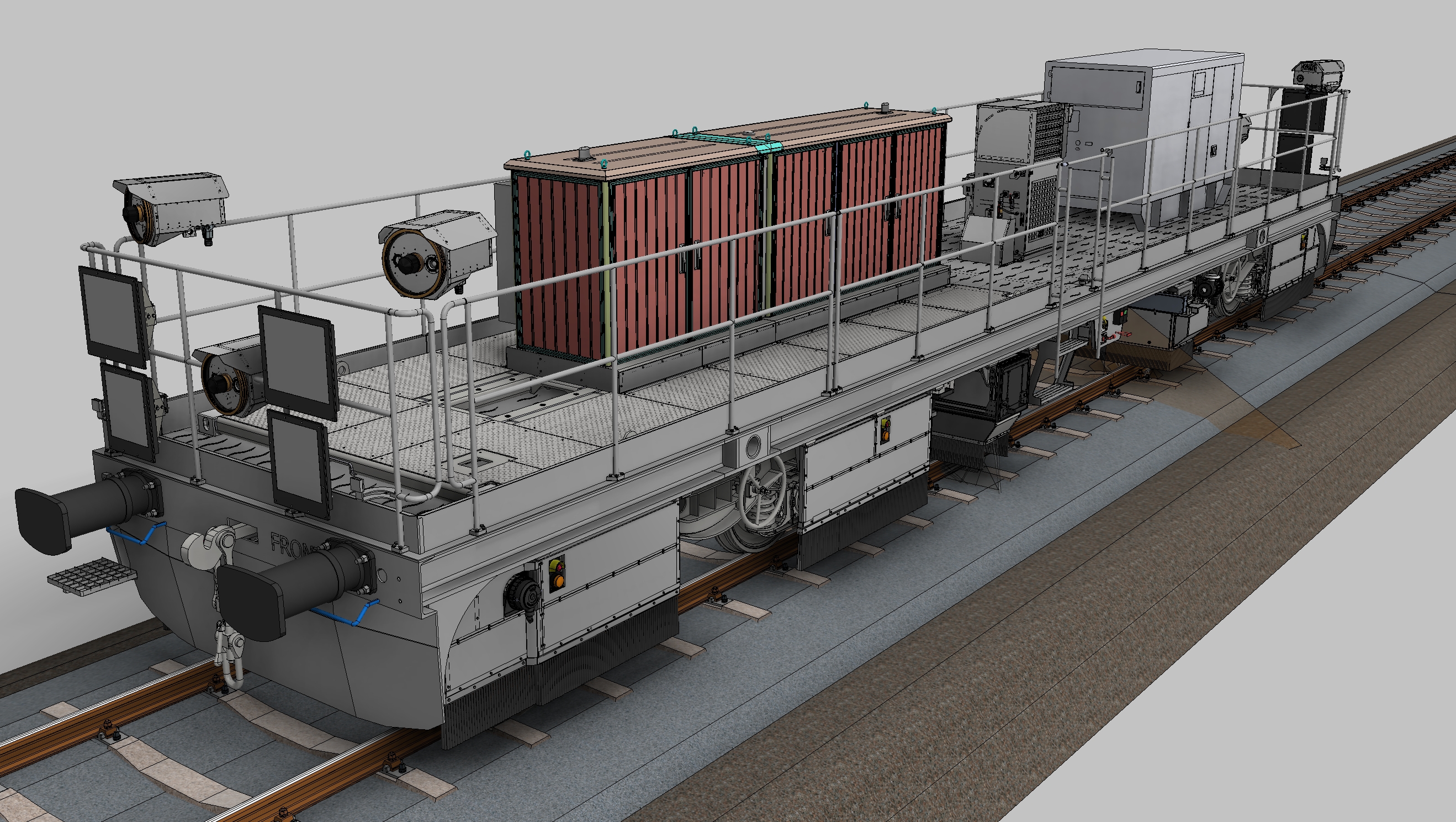
P.U.T. GRAW Sp. z o.o., a specialist in track measurement systems and part of the Goldschmidt Group, has signed a major contract with PKP Polish Railway Lines (PKP PLK) to supply innovative solutions for automating track inspection.
Under the framework contract, GRAW will deliver inspection vehicles equipped with cutting-edge sensor and camera technology, paired with specially developed software for precise, automated monitoring of track conditions. This combination will replace manual inspections with an automated, data-driven process – increasing both safety and efficiency in rail operations.
The inspection vehicles will record a comprehensive set of parameters, including track and rail geometry, turnout geometry, ballast bed condition, rail temperature and an extensive video inspection system for the track infrastructure. Thanks to integrated AI capabilities, the system’s knowledge base will expand continuously, with each inspection enhancing precision and reliability.
In the initial phase, by the end of 2028, one inspection vehicle, two local servers and seven local workstations will be delivered and tested in a pilot area. Over the eight-year project duration, up to nine inspection vehicles are planned for different regions of Poland, along with 23 servers and 60 workstations for data analysis. The contract also covers five years of maintenance and support as well as comprehensive service and training.
Dr.-Ing. Georg Friberg, CEO of the Goldschmidt Group, highlights the strategic importance of the project: “The digitization and automation of track inspection are key to improving safety and efficiency in rail transport. We are proud to contribute our technology and expertise to this forward-looking project of our customer.”
Marcin Kowalski, Managing Director of GRAW, emphasizes: “This collaboration with PKP PLK reinforces our leading position in track inspection. Our technologies developed in Gliwice enable the transition from manual inspections to a process that combines state-of-the-art measurement technology with AI-supported data analysis.”
